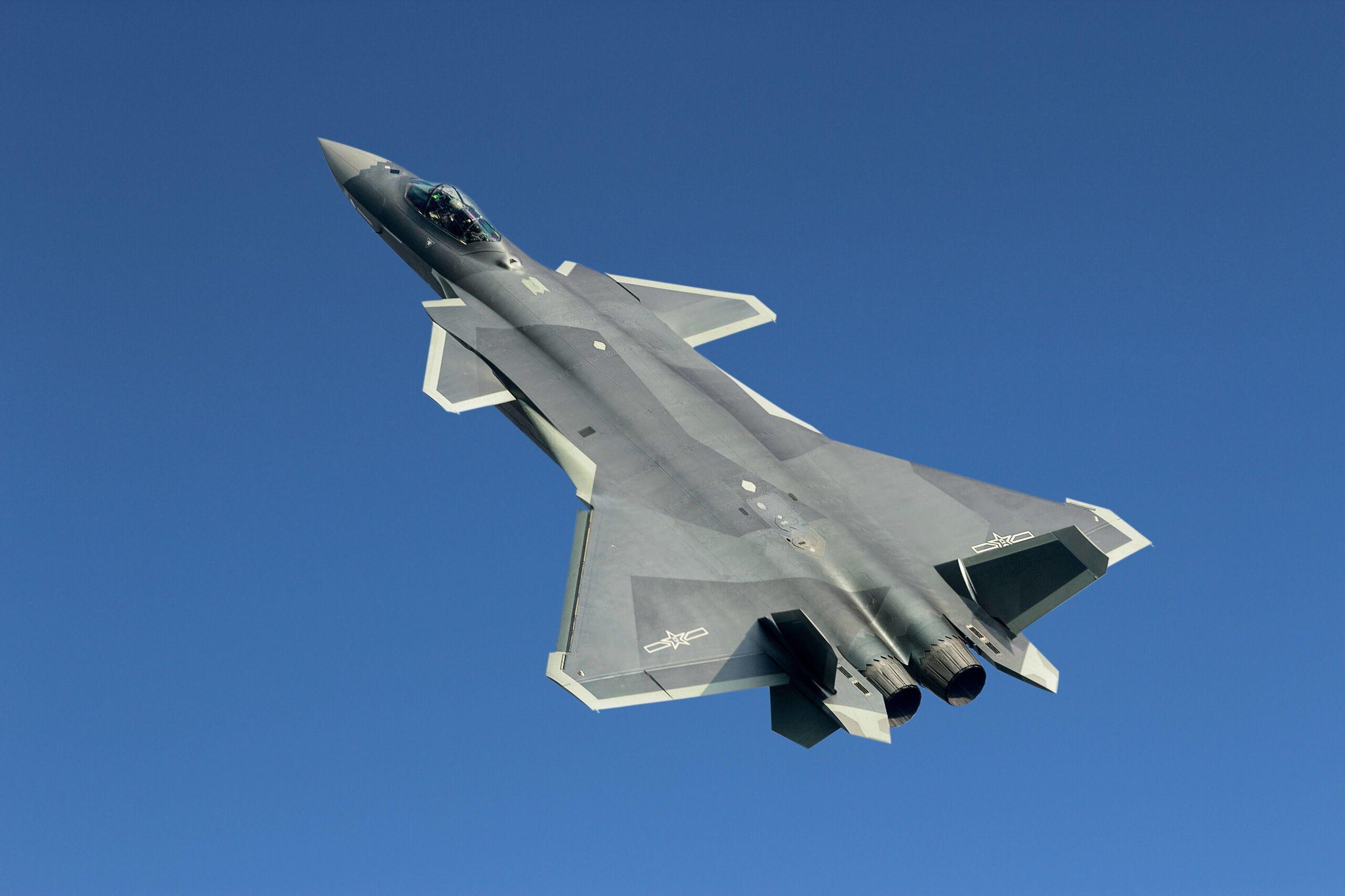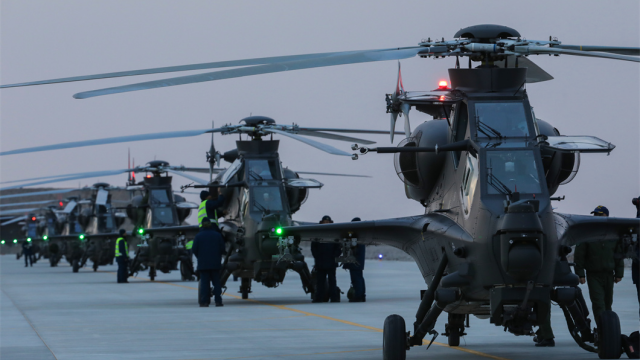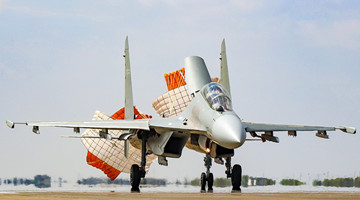
BEIJING, June 22 (ChinaMil) -- At present there are only three types of the fourth-generation heavy stealth fighter jets in the world: the US F-22A Raptor, Russian Su-57 PAK-FA and China’s J-20.
The hard-fought Syrian battlefield has become a test ground for the fourth-generation aircraft of the United States and Russia. The US Air Force tries to maintain its air superiority with F-22A fighters, while the Russian Aerospace Forces have a comprehensive test of their Su-57 fighters.
Although China's J-20 fighter jet hasn’t had opportunity to be tested in the battlefield, it has been accelerating pace in forming combat capabilities and conducting realistic training. The J-20 stealth fighters promote China's construction of air combat system from the following three aspects:
Firstly, it launches the upgrade process of Chinese fighter jets.
Although 15 to 16 years behind the US Air Force's process, the Chinese Air Force is equipped with the fourth-generation fighters with the Russian Aerospace Forces almost synchronously.
Compared with the fourth-generation single-engine light stealth fighter F-35A that Japan, the Republic of Korea (ROK) and other neighbouring countries are equipped with, China's twin-engine heavy stealth fighter J-20 enjoys air superiority and has more powerful and comprehensive combat capability in gaining air domination and attacking ground targets.
Secondly, it upgrades the integrated offensive-defensive capability of the PLA Air force.
The largest advantage of aviation forces lies in the combat capability of full-spectrum and fast maneuver.
The Chinese PLA Air Force began to get experience of the third-generation fighters after introducing Su-27 fighters from Russia and improved China's J-11 and J-16 fighters based on the Su-27 fighter. Meanwhile China designed and developed the J-10 light fighters, thus establishing an integrated offensive-defensive air combat system.
The commissioning of the fourth-generation J-20 stealth fighters will further enhance the integrated offensive and defensive capability of the PLA Air Force. In air offensive campaigns (AOCs), J-20 stealth fighter can create favourable conditions for its fellow fighters by penetrating enemy’s air defense system first.
Thirdly, it improves the confrontation capability of the air-ground joint combat system.
As the standard equipment of the fourth-generation fighters, the J-20 fighter is equipped with sophisticated, powerful, multirole active phased-array radar with longer detection distance and more powerful detection capability.
Generally speaking, the air detection distance of the fourth-generation fighters are two to three times that of the third-generation fighters, similar to that of mid-sized early-warning aircraft.
If J-20 jointly operates with the improved type of third-generation fighters like J-10, J-11, J-16 and Su-30, the early warning aircraft can provide early warning, command and guidance, or the J-20 can also provide air cover and mid- and long-range air targets guidance for other fighters, in order to improve the air combat capability of a mixed air fleet.
For the ground air defense forces, J-20 can be a “grindstone” in the air-ground confrontation exercises to fully test and sharpen the capabilities of radar troops, ground-to-air missile troops, anti-aircraft artillery troops and Electronic Warfare troops in detecting, tracking and intercepting stealthy fighters, so as to enhance the confrontation capability of air-ground joint combat system.
Disclaimer: The author is Qin Qian from the China Youth Daily. The article is translated from Chinese into English and edited by the China Military online. The information, ideas or opinions appearing in this article are those of the author and do not reflect the views of eng.chinamil.com.cn. Chinamil.com.cn does not assume any responsibility or liability for the same.









